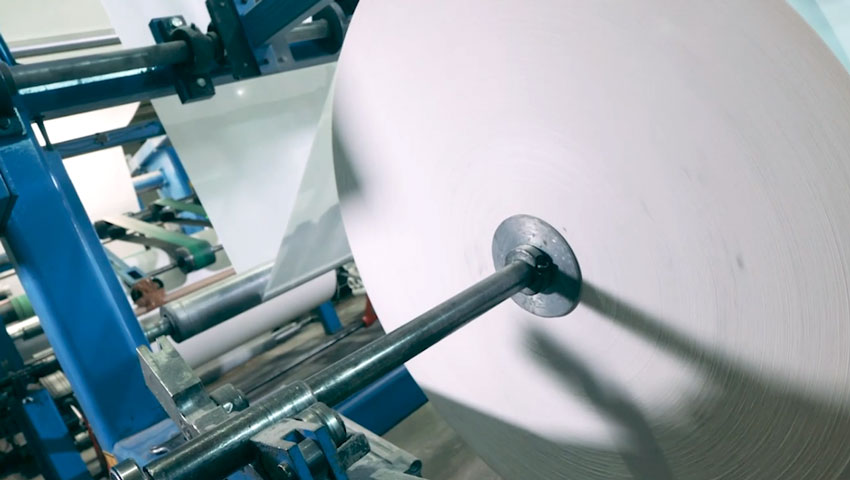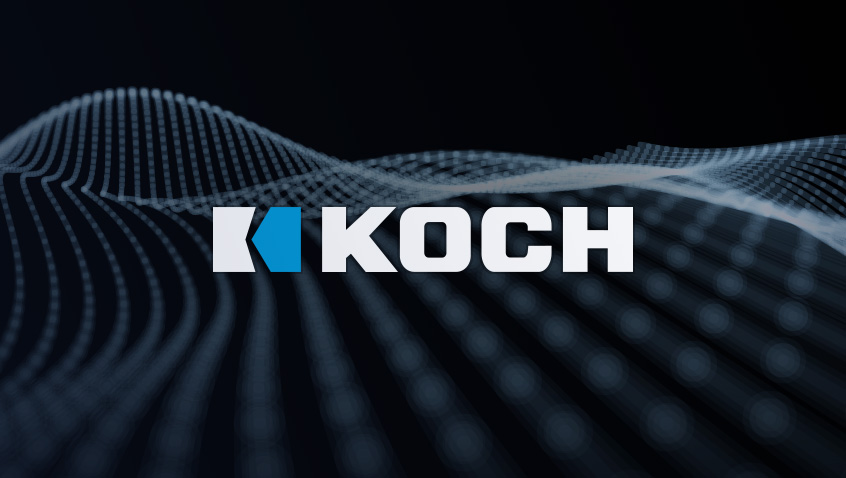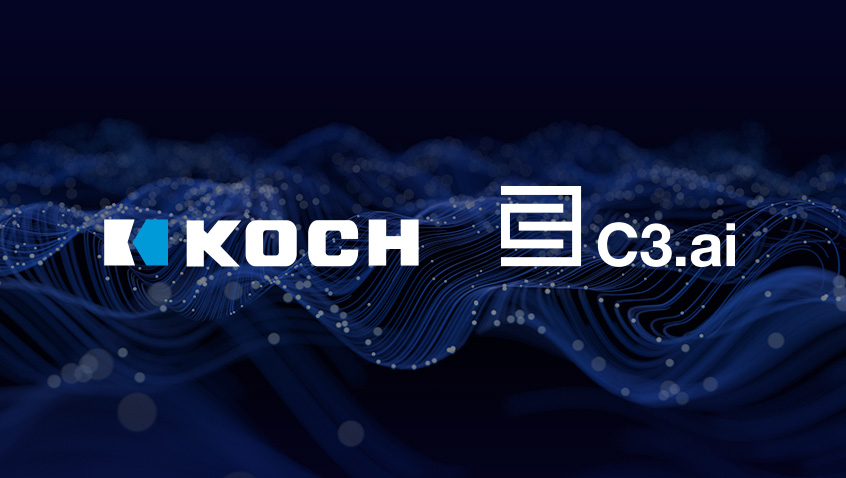Improving Efficiency, Reliability, and Sustainability with C3 AI
The adoption of artificial intelligence (AI) in the manufacturing sector continues to grow as companies aim to improve the efficiency, reliability, and sustainability of their operations. To do so effectively, they must develop — and scale — sophisticated, AI-based systems that rely on large-scale, diverse data sets and various machine learning (ML) techniques. These systems continuously monitor operations to help prevent equipment failure and other suboptimal operating conditions by raising alerts and suggesting prescriptive actions that give operators the time to plan and respond. With decades of focused innovation in manufacturing operations, Georgia-Pacific (GP) has emerged as an industry leader in the adoption of AI systems in this space.

GP makes everything from the paper towels you use in your kitchen, to the shipping box carrying items ordered online, to the exterior panels that make up the outer sheathing of your apartment building. And as one of the world’s leading makers of tissue, pulp, packaging, and building products, GP operates over 100 manufacturing facilities that must be optimized for production and strictly monitored and maintained.
One of these types of manufacturing facilities are paper mills. Paper mills are large-scale, complex operations — just one paper machine can be the size of a football field and eight stories tall. To run such a set of equipment to produce thousands of tons of paper daily requires extensive processes and subject matter expertise. To make paper, logs are turned into woodchips that go through various cooking, bleaching, and washing cycles, which then go into a paper machine. And to monitor the status of just one machine, a machine can easily have over 5,000 sensors that produce billions of records of data daily.
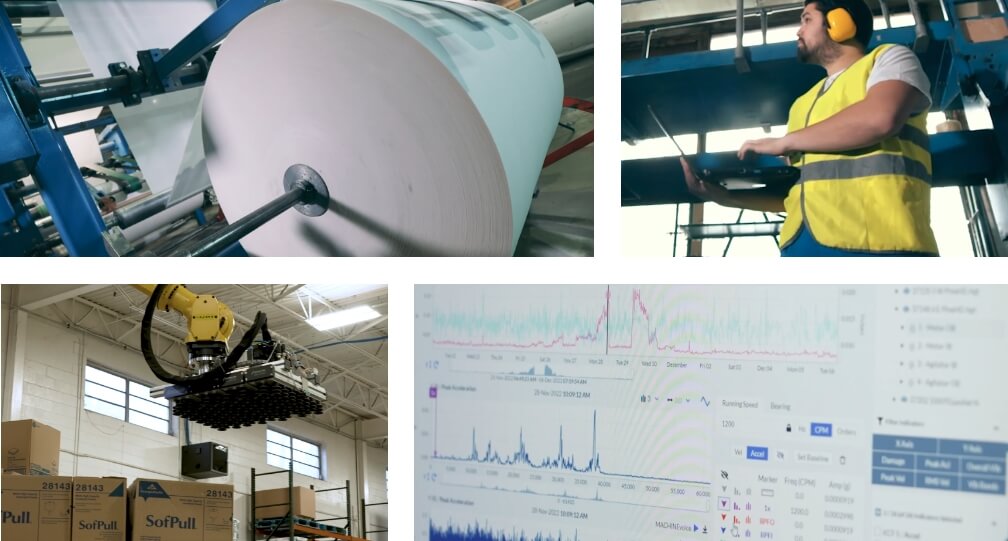
As the executive responsible for the AI and monitoring capabilities at GP manufacturing operations, Roshan Shah understands how powerful and valuable developing an effective AI program can be for business. Shah is Vice President of Operations at the Collaboration and Support Center (CSC) at Georgia-Pacific, a unit home to over 150 engineers, IT personnel, and data scientists whose goal is to help facilities improve efficiency and productivity.
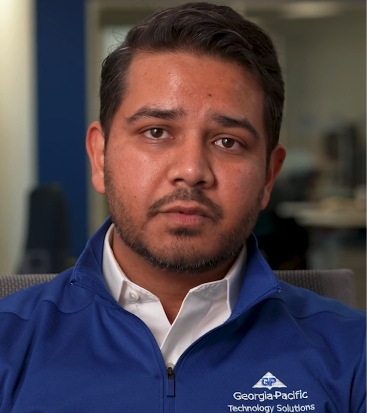
“From my seat on the bus, not doing digital transformation is not an option. As a manufacturing firm, we have to jump on the ability to be able to bring information in front of folks really quickly so that they can make better decisions.”
Roshan Shah
Vice President, CSC Operations, Georgia-Pacific
Predictive Maintenance at Georgia-Pacific
Since it was established in 2018, the CSC has successfully reduced unplanned downtime by thousands of hours. Combining the feedback of over 500,000 sensors that generate a new data point at least once a minute — and sometimes every second — meant developing massive digital infrastructure to not only properly transfer and maintain the data, but also support powerful enough applications to analyze data in real time. According to Shah, around a trillion records need to travel to different machine-learning models every day.
“We look at all that data that gets generated, and we leverage artificial intelligence to figure out what those sensors are telling us,” says Shah. “More often than not, they’re informing us about optimal [or suboptimal] manufacturing conditions.”
Then, the team at the CSC works with colleagues in manufacturing operations located offsite in various mills and facilities to chart the best path forward together — all with the goals of achieving the most optimal manufacturing conditions, maximizing the life of their critical assets (e.g., boilers, pumps, turbines, etc.), and doing so in a sustainable and environmentally conscious manner.
Improving and Accelerating with C3 AI
“We’re attempting to take the skills and knowledge of our experienced folks, of our machines, and combine all of that such that we can empower the new generation of our colleagues to be able to make better decisions really fast,” says Shah. “The goal of digital transformation is to make it so a three-year employee can operate as if they had about 20 years’ worth of experience.”

Initially, the CSC implemented analytical models that monitored individual sensor readings, known as tags, which is an effective approach for simple assets. However, as the CSC scaled up its program to monitor more complex assets, they found that their existing software platforms weren’t optimized to meet both modeling and data integration needs; they needed a new solution that could monitor asset health at an asset-level (versus tag-level), utilize a large amount of data from disparate sources in a single model, and deploy and operationalize advanced ML techniques to improve monitoring performance of all assets — this is where C3 AI entered the picture.
In 2020, Georgia-Pacific and C3 AI began a multi-year partnership, and together quickly identified a first project: deploying the C3 AI Reliability application to improve operations and reduce unplanned downtime for complex assets and other critical equipment.
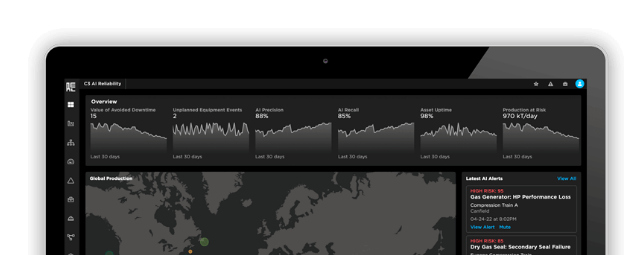
 C3 AI Reliability
C3 AI Reliability
GP decided to kick off the project with one asset class that is critical to the manufacturing process and downtime avoidance. The teams deployed C3 AI Reliability for a subset of these assets across facilities, which meant unifying sources of process data, vibration data, downtime indicator data, work orders, and asset hierarchies into the application. This upfront data unification laid the foundation to scale from 60 to more than 200 of these assets as well as introduce new asset classes in the application.
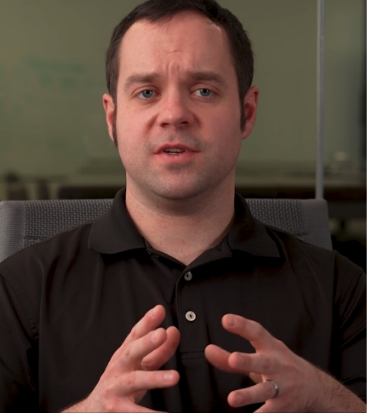
“The process of getting the [C3 AI] Reliability platform up and running was one that fundamentally changed the way we work. With the training that C3 AI provided, we were able to unify our working process, and it wasn’t people working in silos anymore, the team was working together as one cohesive unit.”
Sam Coyne
Director of AI at Georgia-Pacific
Improving Data Science Workflows at Georgia-Pacific
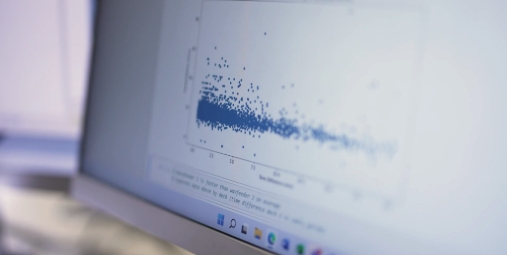
“C3 AI has been unique in more than one way,” says Shah. “The first thing that I would share is the ability to take data from many different places and combine them into one has been really phenomenal. Second, when we think about the reusability component, that’s been pretty big. And the third one actually goes even further down. It’s the artificial intelligence models themselves. The C3 AI Type System has been incredibly powerful, and it really helps us develop use cases much faster.”
Here Shah is talking about how C3 AI’s technology is built to rapidly deploy into complex environments using a unique model-driven architecture. This architecture provides a way to use data from many different sources without having to extract, standardize, and re-load all your data onto one system — C3 AI’s applications work with customers’ existing software systems.
A major benefit of this system is the reusability of C3 AI’s models. Once engineers have developed and optimized a model that say, predicts when a certain part needs to be replaced, that model can be replicated and reused to predict something completely different. This significantly lowers development time for teams and accelerates the deployment timeline — and consequently, the time to value.
And although using the C3 AI Type System is an entirely new way of working, the team at the CSC has been able to take full advantage of its benefits after C3 AI onboarding training, which is always built into any project at C3 AI. After the team was able to get up to speed, Coyne says they hit their stride and it’s now natural — and more efficient — for them to work with it.
Roshan Shah and Steve Bakalar at C3 Transform
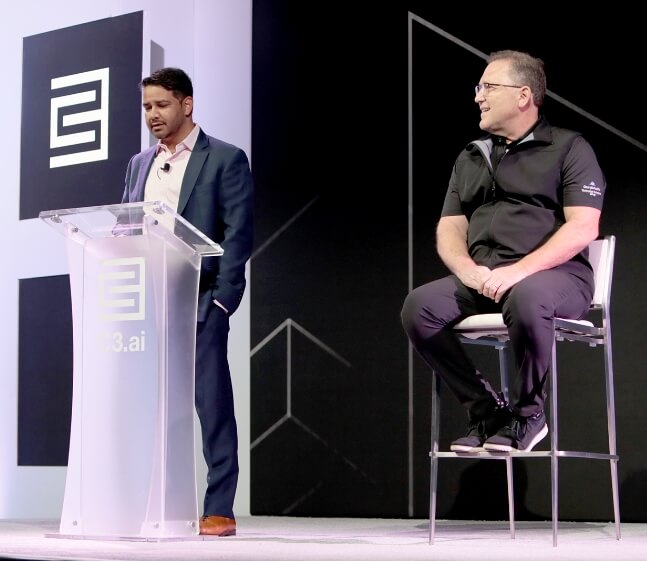
What’s Next
Today, Georgia-Pacific has rolled out C3 AI Reliability to monitor over 200 large assets across facilities and plans to expand the application’s use to monitor additional critical asset classes over the next year.
“[C3 AI Reliability] is really helping us in an intuitive sense become more predictable in how our assets are going to run, as opposed to having to react in an unfavorable manner and it’s helping us operate in a much better state,” says Shah. “And it certainly has had an impact on our bottom line in a favorable way.”
With the combination of more data, contextualized sensor readings, and advanced ML techniques, GP is seeing up to 5% improvement in overall equipment effectiveness (OEE) from their C3 AI Reliability deployment. With the continued initial success, GP plans to expand the scope of C3 AI Reliability to eight additional asset classes in the next year.
When the team knows when, why, and how an asset will fail, they can plan ahead to purchase the right parts at the best price and schedule work orders at the best time for their employees.
“What we’re also able to do is empower our colleagues to spend 80% of their time addressing the problems as opposed to looking for them,” Shah says. “AI helps us improve the lives of our colleagues and the communities that we operate in because this means reducing the risk of an unplanned event in an unfavorable environment. That’s been quite rewarding and fulfilling for us.”
Get in Touch
Learn how C3 AI Reliability can help your organization in a personalized demo.

